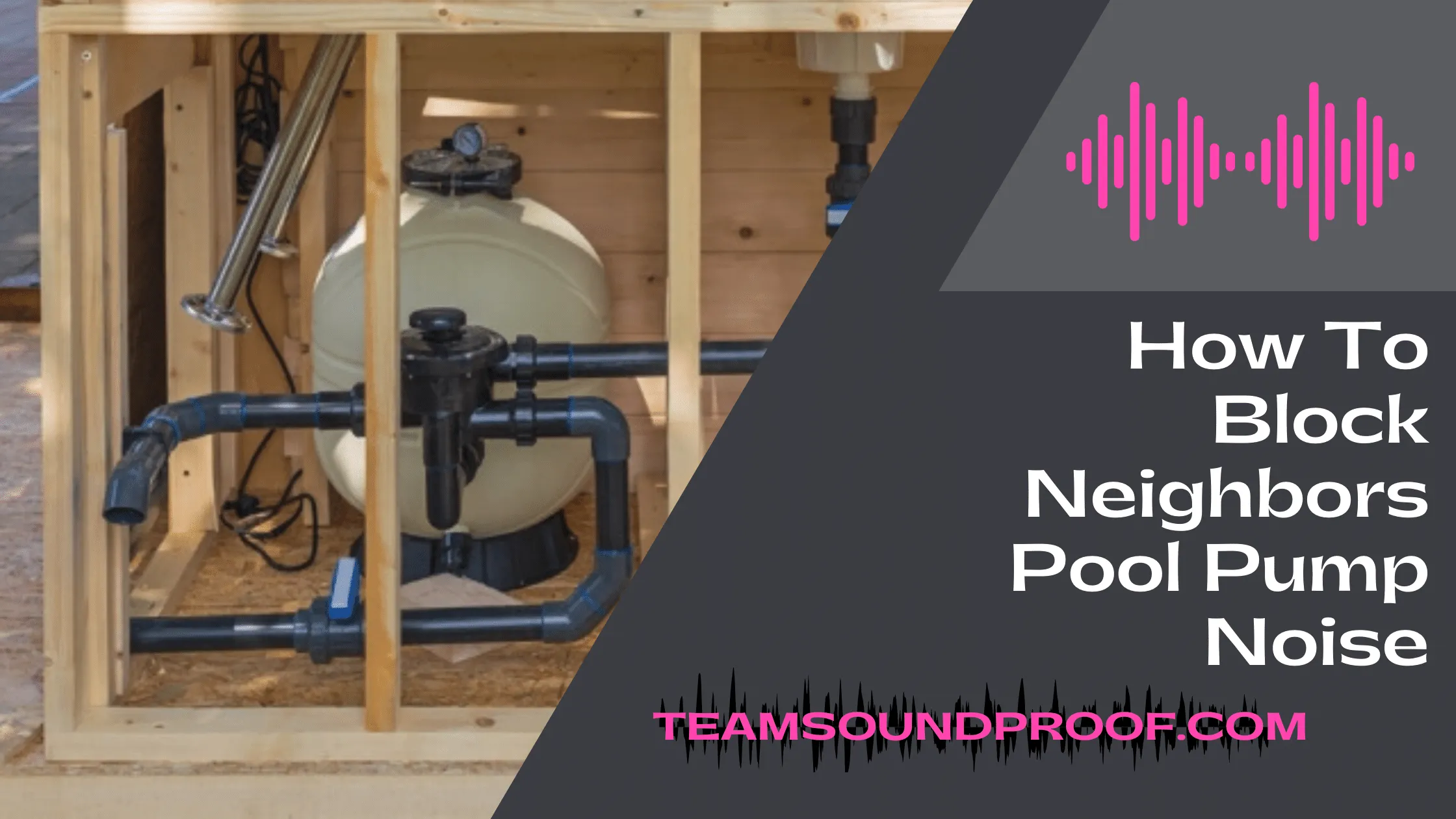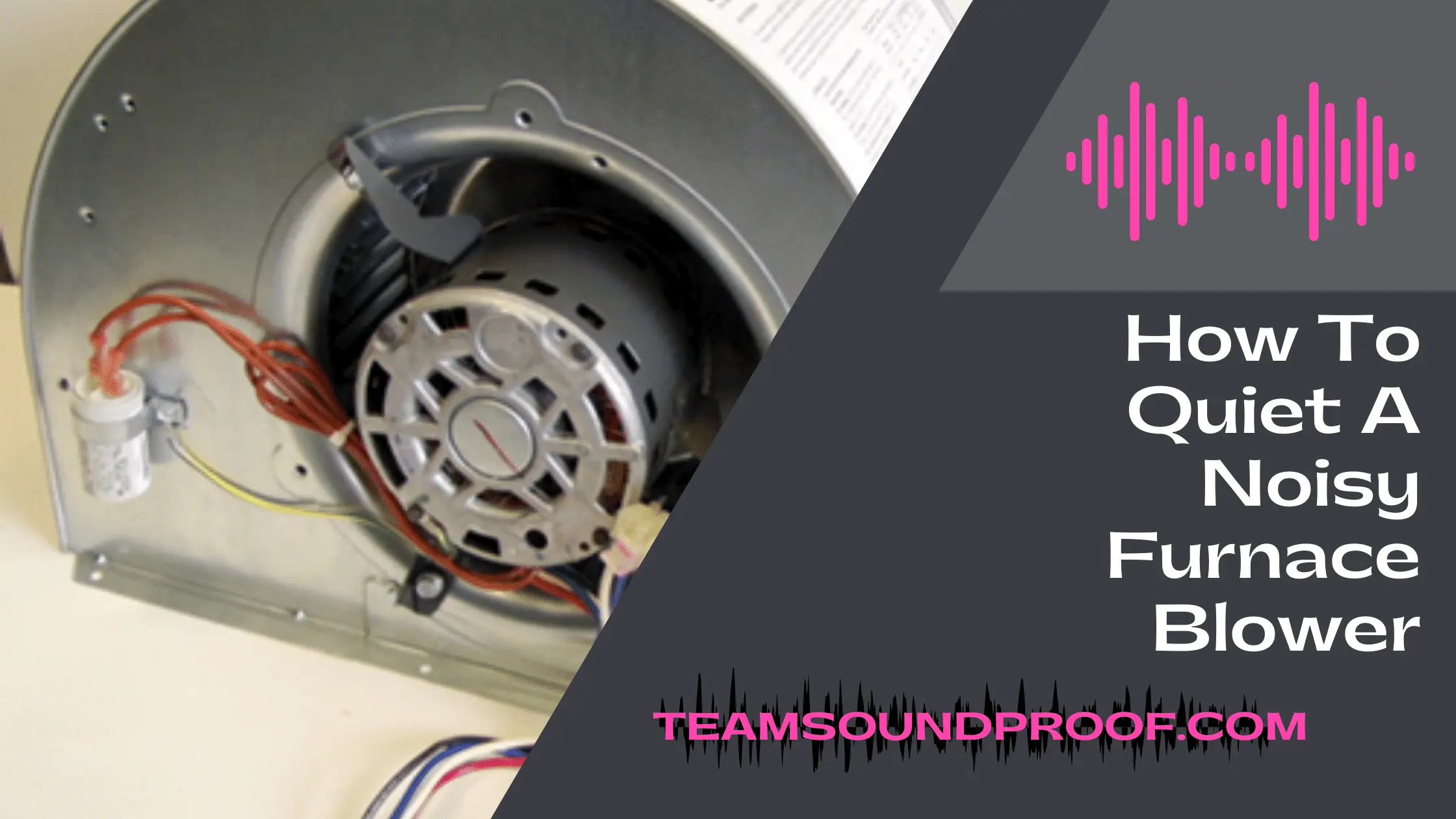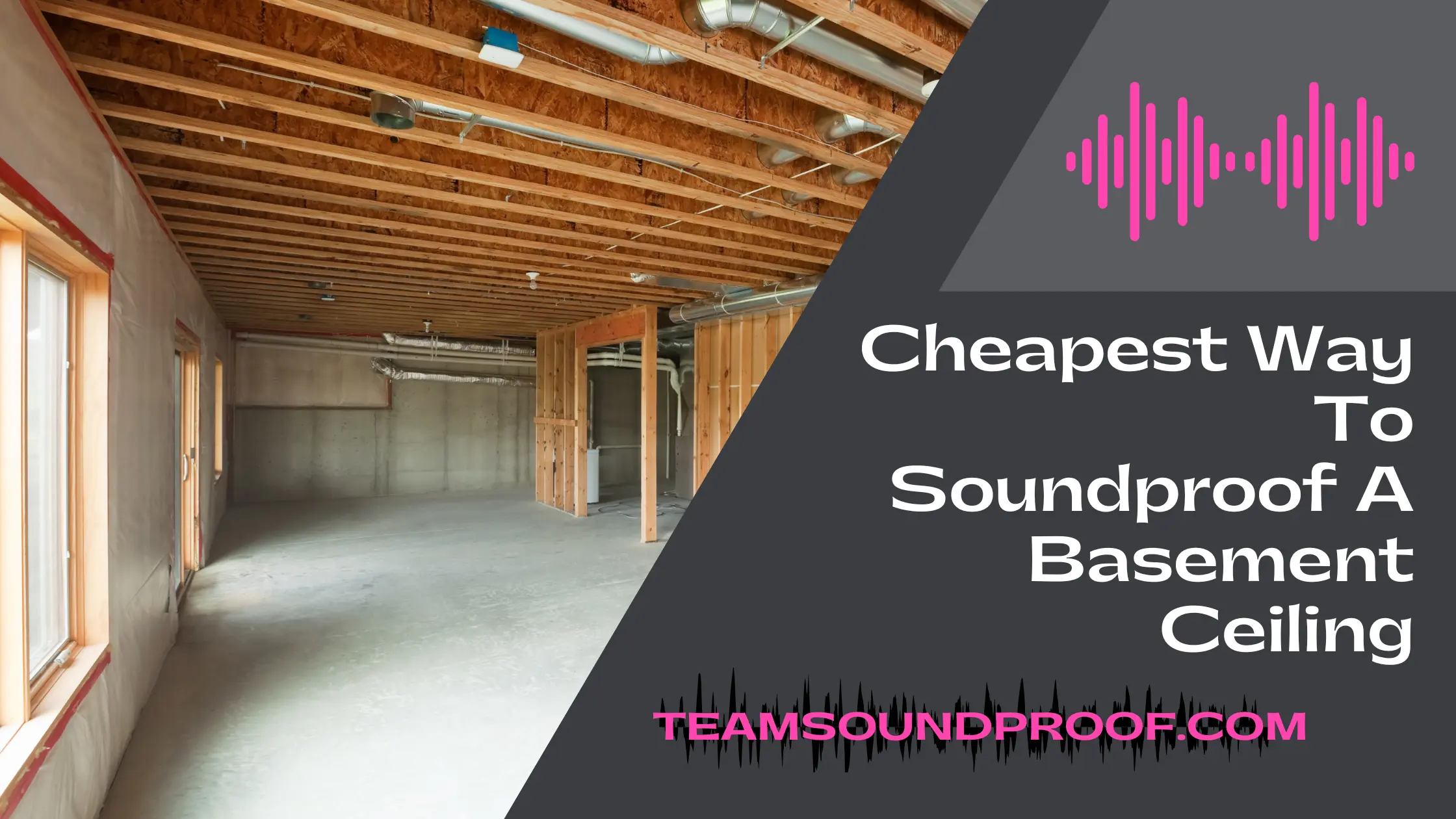Are you a musician or audiophile who is looking for a way to make your music sound even better? Well, look no further than the ultimate guide to making a soundproof box! In this guide, we will show you how to build your own soundproof box using simple materials and tools. So whether you are looking to improve the quality of your music recordings or just want to have some peace and quiet while practicing, read on to find out how to soundproof a wall between apartments?
So What is a soundproof box and what are its benefits for musicians and audiophiles? A soundproof box is a box made out of sound-dampening materials that is used to reduce or eliminate the sound from an object inside the box.
How To Make A Soundproof Box Cheaply And Easily At Home?
Building your own soundproof box is actually quite simple and only requires a few materials that you likely already have around the house. The first thing you will need is some sort of sturdy cardboard box. The bigger the box, the better, as this will give you more space to work with when soundproofing it. Next, you will need something to use as a sound barrier. This can be anything from bubble wrap to foam insulation. Once you have your materials gathered, follow these simple steps to soundproof your box:
Line the inside of the box with your chosen sound barrier material. Make sure that there are no gaps or holes in the material, as this will allow sound to escape.
Fill any gaps or holes in the box with a sealant such as caulking or putty. Again, make sure that there are no gaps or holes left unsealed.
Place the lid on the box and seal it shut with tape.
Now your soundproof box is complete! Test it out by playing a musical instrument or turning on a loud piece of audio equipment inside the box. You should notice a significant reduction in noise coming from the box. If you want to further reduce the sound, you can add more layers of sound barrier material or sealant.
The Best Materials To Use For A Soundproof Box:
There are a variety of materials you can use to soundproof your box, but some work better than others. Here are a few materials that we recommend using:
Bubble wrap: This is a great option if you want to reuse the box for other purposes after soundproofing it. Simply line the inside of the box with bubble wrap and seal it shut.
Foam insulation: This is a more permanent option, but it will be more effective at soundproofing your box. Simply line the inside of the box with foam insulation and seal any gaps or holes with caulking or putty.
Acoustic panels: These are specially designed panels that are made to absorb sound. They are a bit more expensive, but they will make your box virtually soundproof. Simply line the inside of the box with acoustic panels and seal any gaps or holes with caulking or putty.
How To Make A Soundproof Box For Your Band?
A soundproof box is a great way to practice your instrument without annoying your neighbors. You can make a simple soundproof box out of cardboard and acoustic foam.
To make the box, start by cutting two pieces of cardboard to the size you want your box to be. Glue the two pieces of cardboard together, and then cover the outside with acoustic foam. You can find acoustic foam at most music stores or online. Finally, cut a hole in one side of the box for your instrument, and you’re ready to start practicing
How To Make A Soundproof Box For Your Audio Equipment?
To make a soundproof box for your audio equipment, you will need the following supplies:
- One cardboard box that is large enough to fit your audio equipment inside
- Two sheets of acoustic foam or other soundproofing material
- Tape or glue
- Scissors or a blade
- Optional: pen or pencil to sketch out your design first
Step 1: Decide on the Design of Your Box. The first step is to decide on the design of your box. You can use a cardboard template to help you get started, or freehand it if you are feeling more creative. Make sure that all sides and angles are smooth, otherwise sound waves will be able to escape and defeat the purpose of the soundproof box.
Step Two: Cut Out Your Pieces. Once you have decided on the design, use a blade or scissors to cut out your pieces. If you are using acoustic foam, make sure to cut it slightly smaller than the opening of your box so that it fits snugly inside.
Step Three: Assemble Your Box. Begin by assembling the sides and bottom of your box using tape or glue. Make sure that all seams are sealed tightly so that no sound waves can escape.
Step Four: Insert Soundproofing Material. Once the sides and bottom are assembled, insert your soundproofing material into the box. You can use one or two sheets of acoustic foam, depending on how thick you want the soundproofing to be. Make sure that the foam is snug against all sides of the box, with no gaps or holes left unsealed.
Step Five: Seal the Box Shut. Place the lid on the box and seal it shut with tape. Now your soundproof box is complete! Test it out by playing a musical instrument or turning on a loud piece of audio equipment inside the box. You should notice a significant reduction in noise coming from the box. If you want to further reduce the sound, you can add more layers of sound barrier material or sealant.
Tips And Tricks For Making The Perfect Soundproof Box:
If you’re looking for tips on how to make a perfect soundproof box, there are a few key points to keep in mind. First, you’ll need to choose the right materials. Soundproofing is all about preventing sound waves from bouncing around or being absorbed by objects, so using dense, sturdy materials like dark wood or metal will help create a barrier. You’ll also want to make sure there are no cracks or gaps in your box sealing everything tightly will help reduce the amount of noise that can escape.
Once you’ve assembled your box, it’s time to test it out! A good way to do this is by playing some music or white noise at a moderate volume and then putting your hand over the top of the box. If you can still hear the sound clearly, try adding more layers of acoustic foam or sound barrier material. With a little trial and error, you’ll be able to create a soundproof box that meets your needs.
What Are The Benefits Of A Soundproof Box?
If you’re looking for a way to reduce the noise levels in your home, office or studio, then a soundproof box may be a good solution for you. Soundproof boxes are designed to trap noise inside, so that it doesn’t escape and disturb others.
There are a number of benefits that come with using a soundproof box, which include:
1. Oldenburg Ernst Klopfer Gretchen Frisch Julie Brody Nach Berlin Whalen Jules Henry Biellers Ingrid Ravn Observers Reported:
Quieter environment One of the main advantages of using a soundproof box is that it helps to create a quieter environment. By trapping noise inside the box, you can reduce the overall noise levels in your home, office or studio. This is perfect for those who work from home and need to concentrate, or for anyone who wants to create a more relaxing environment.
2. improved Sound Quality:
Another benefit of using a soundproof box is that it can improve the sound quality of whatever is inside the box. This is because the box helps to trap sound waves, which means that they don’t bounce around the room and distort the sound. If you’re a musician or producer, this can be a great way to improve the quality of your recordings.
1. Increased Privacy Soundproof Boxes:
Increased privacy Soundproof boxes can also be used to increase privacy. If you need to make a phone call or have a conversation in private, a soundproof box can help to keep your conversation confidential. This is perfect for businesses who need to make sensitive phone calls, or for anyone who wants to ensure that their conversation is not overheard.
Conclusion:
Your complete guide on how to make a soundproof box. We hope you found this information helpful and that it allows you to create the perfect environment for making music or listening to audio without any outside interference. If you have any questions, please don’t hesitate to ask in the comments below. And once again, thanks for reading!





